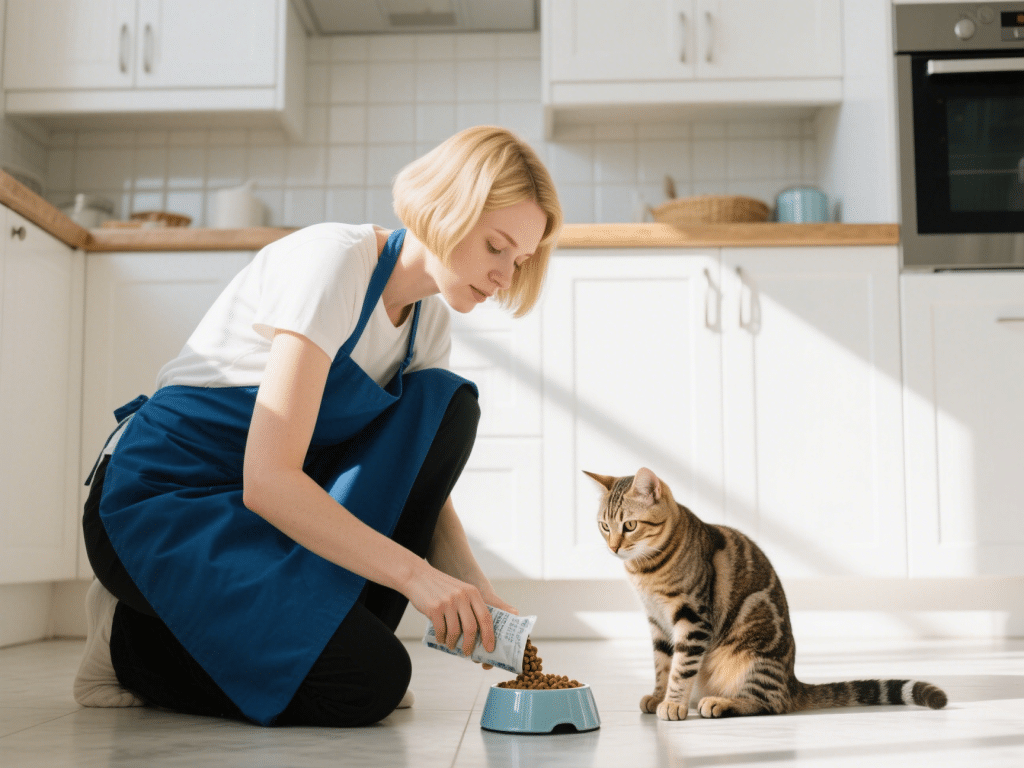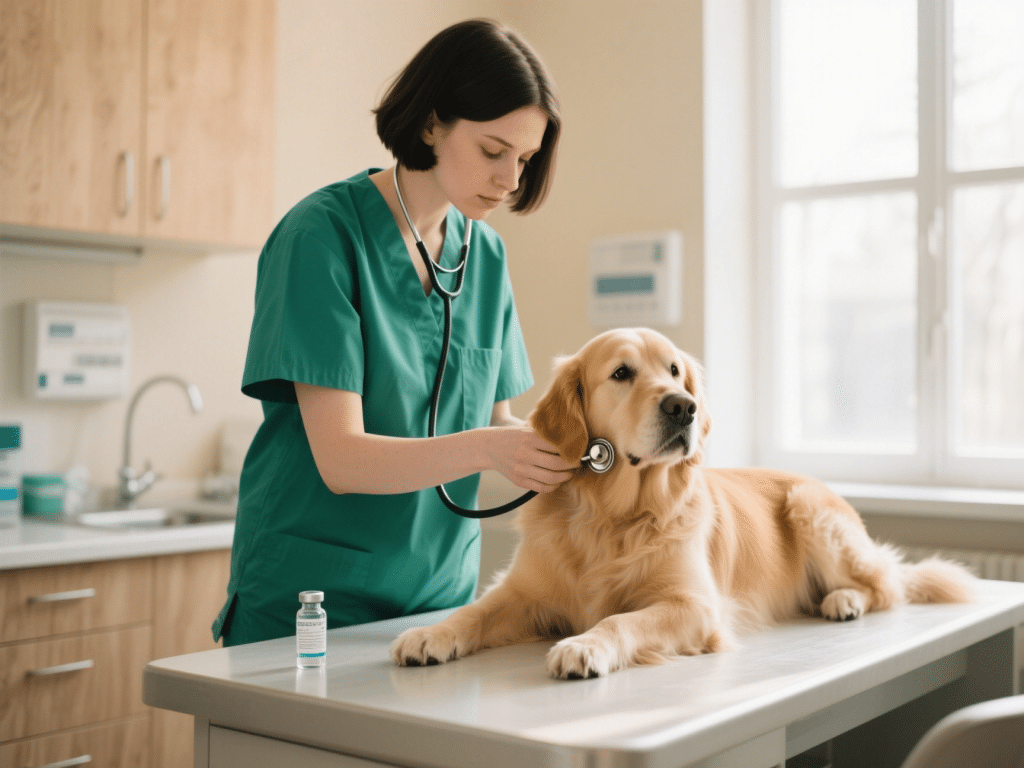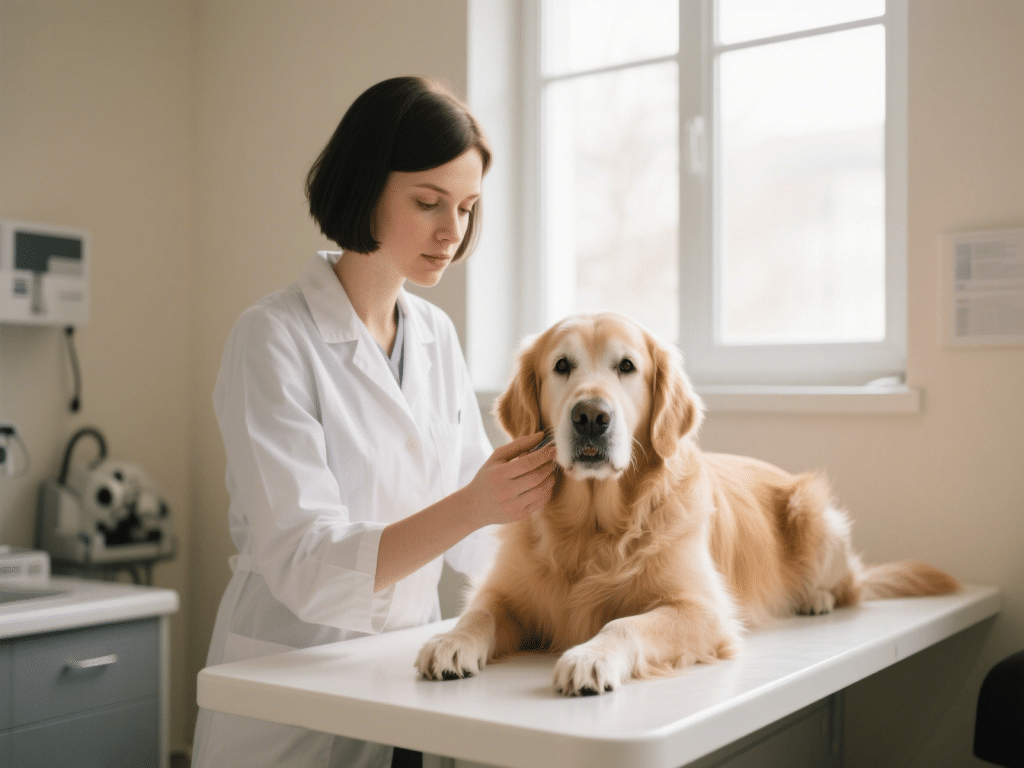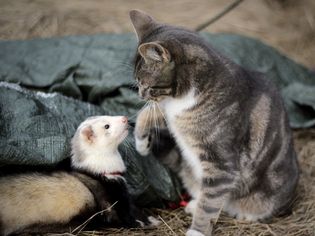
Building a Healthy Cage Environment for Pet Birds: Air Quality & Enrichment Tips
Pet birds possess highly sensitive respiratory systems; poor air quality can lead to asper...
Just like humans, pets require consistent physical activity to thrive. Lack of exercise contributes to obesity, behavioral issues, and chronic diseases in dogs and cats. Veterinarians report that 56% of dogs and 60% of cats in the U.S. are overweight—a preventable condition with proper activity routines.
Weight Management
Daily movement burns calories and maintains muscle tone. A 30-minute walk helps a medium-sized dog burn ~150 calories.
Behavioral Health
Exercise reduces anxiety-driven behaviors like chewing, excessive barking, or litter box avoidance. Mental stimulation through activity prevents boredom.
Joint & Organ Function
Active pets develop stronger cardiovascular systems and maintain flexible joints. Low-impact exercises like swimming benefit arthritic animals.
Bond Strengthening
Interactive play builds trust. Activities like agility training enhance communication between pets and owners.
| Species | Daily Minimum | Recommended Activities |
|---|---|---|
| Dogs | 30-120 mins | Brisk walks, fetch, flirt pole, hiking |
| Cats | 20-60 mins | Laser chasing, feather toys, climbing trees |
| Small Mammals | 60+ mins | Exercise wheels, tunnel exploration, supervised floor time |
Note: Brachycephalic breeds (e.g., Pugs, Persians) require moderated, cool-weather activities.
Puzzle Feeders: Make mealtime a brain game.
Scent Trails: Hide treats for dogs to track indoors.
Catio Time: Secure outdoor enclosures for cats.
Stair Climbs: Supervised stair runs for high-energy dogs.
Bubble Chasing: Pet-safe bubbles stimulate cats.
Doggy Playdates: Socialization + exercise combo.
Clicker Training: 5-minute sessions boost mental engagement.
Flirt Pole: Cats mimic hunting with feather lures.
Swimming: Low-impact workout for retrievers.
Obedience Drills: Reinforce commands during walks.
Consult your vet before starting new routines, especially for seniors or pets with health conditions.
Avoid intense exercise in temperatures above 80°F (27°C) to prevent overheating.
Hydrate frequently: Carry collapsible bowls during outings.
Use harnesses instead of collars for trachea-sensitive breeds.
Schedule sessions: Treat exercise like essential appointments.
Track progress: Use pet activity monitors (e.g., FitBark).
Rotate activities: Prevent boredom with weekly variations.
Involve family: Assign walking/play rotations.
Consistent exercise isn’t just about physical health—it’s foundational to your pet’s emotional well-being and longevity. Start incorporating these strategies today to nurture a happier, healthier companion.

Pet birds possess highly sensitive respiratory systems; poor air quality can lead to asper...

IntroductionRaw feeding, also known as the BARF (Biologically Appropriate Raw Food) diet, ...

IntroductionJust as humans adjust diets according to seasonal produce and activity levels,...

IntroductionA balanced feeding schedule is one of the most critical components of adult ca...

Why Routine Vet Visits Are Non-Negotiable for Pet HealthRegular veterinary examinations fo...

Pet Hygiene: Essential Practices for a Thriving CompanionMaintaining optimal pet hygiene i...

The Science of Pet Aging: How to Care for Senior PetsIntroduction: The Graying of Our Pets...

Complete Guide to Grooming Your Pet: Tools, Techniques, and TipsRegular grooming is essent...

Many households have multiple kinds of animals so it. If you have a ferret or are thinkin...
Comments on "The Importance of Regular Exercise for Pets: Benefits and Ideas" :